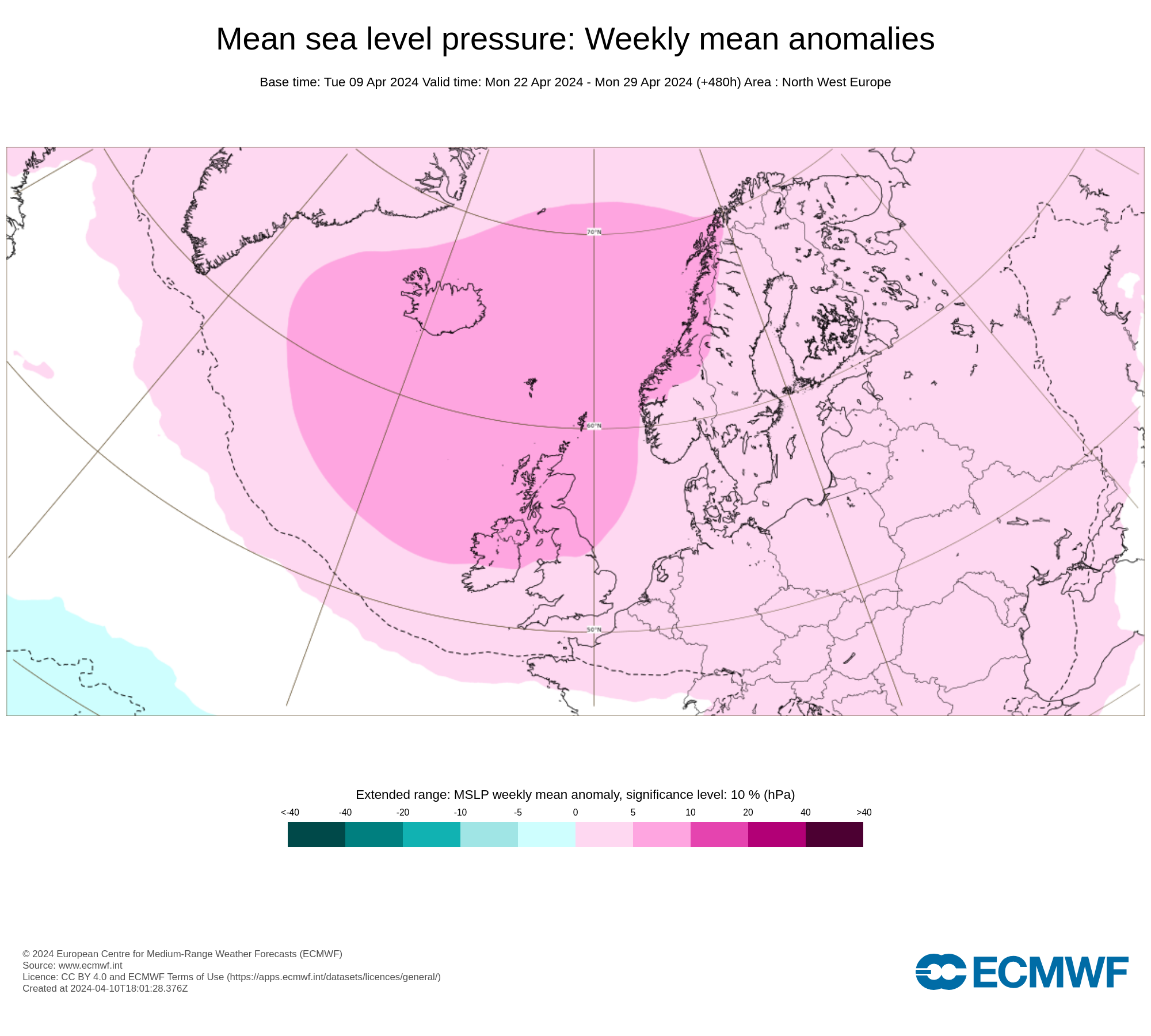Watch out for the Taurid meteor shower tonight over Irish sky's
While the Taurid meteor shower doesn't have a lot of shooting stars to offer, the few that will streak across the sky may be bright, spectacular fireballs.
The annual "shooting star" display, which is active during the last three months of the year, is actually a combination of two meteor showers — the Northern Taurids and the Southern Taurids — both associated with Comet Encke. Skywatchers in the Northern and Southern Hemispheres will have two different peak viewing times. But the estimated dates have some wiggle room, because meteor rates will be consistently low throughout the meteor shower.
In 2020, the Southern Taurid meteor shower, visible from the Southern Hemisphere, peaked in early November. The Northern Taurid meteor shower peaks overnight on Nov. 11-12 and is visible from the Northern Hemisphere. However, viewers in both hemispheres can still see meteors through late November, according to NASA meteor expert Bill Cooke.
"The Taurids are rich in fireballs, so if you see a Taurid it can be very brilliant and it'll knock your eyes out, but their rates absolutely suck," Cooke told Space.com. "It's simply the fact that when a Taurid appears it's usually big and bright." Typically, the Taurids produce only a handful of visible meteors per hour.
As Comet Encke orbits the sun, it leaves a trail of comet crumbs in its wake. In some years, when Jupiter's orbit brings the planet close to the comet's trail, the gas giant's gravity nudges the comet particle stream toward Earth, so more meteors are visible to observers here. Astronomers call this an "outburst." That isn't expected to happen again until 2022.
Most meteor showers come from tiny fragments that burn up in Earth's atmosphere, but calculations indicate that Comet Encke's debris could produce meteors big enough to survive the trip to the ground.
These meteorites have not been discovered yet, Cooke said, adding that such a discovery would be a "holy grail of meteorites." No one knows how big a Taurid meteorite might be, but Cooke said the comet chunks are estimated to weigh a few ounces.
When to see them
Cooke said that it can be hard to pick the best day to look for the Taurids, because the meteor shower is visible for several weeks. The best results will happen in the early morning (just before dawn) from any dark location. On peak viewing days, there may be only a few more meteors per hour than on other days, so the difference is hardly noticeable, he said.
"The rates are low, so be prepared to look for a while," Cooke said.
Observers may also spot some stray shooting stars that are unrelated to the Taurids. These will appear to originate somewhere other than the constellation of Taurus, the bull, and will travel in random directions through the night sky. Moonlight won't overly interfere with the peak of the northern Taurids, but watch for it at other times around the peak (and try to time your observations for when the moon is not in the sky).
Where to look
The Taurids are visible practically anywhere on Earth, except for the South Pole. They appear to originate in the constellation Taurus, the bull. To find Taurus, look for the constellation Orion and then peer to the northeast to find the red star Aldebaran, the star in the bull's eye.
Don't look directly at Taurus to find meteors; the shooting stars will be visible all over the night sky. Make sure to move your gaze around the nearby constellations. Meteors closer to the radiant have shorter trails and are more difficult to spot. If you look only at Taurus, you might miss the shooting stars with the most spectacular trails.
WEATHER FORECAST TONIGHT
If your a later night sky watcher then it might be worth staying up to see if you can catch a glimpse of this meteor shower. rain will spread west to east across Ireland this evening and tonight but drier weather with clear spells will push in from the west before midnight with the best view chances across West Munster, Connacht and west Ulster.Aldebaran
You can find all the latest weather warnings and forecasts by downloading our app from the google play store by clicking below
















